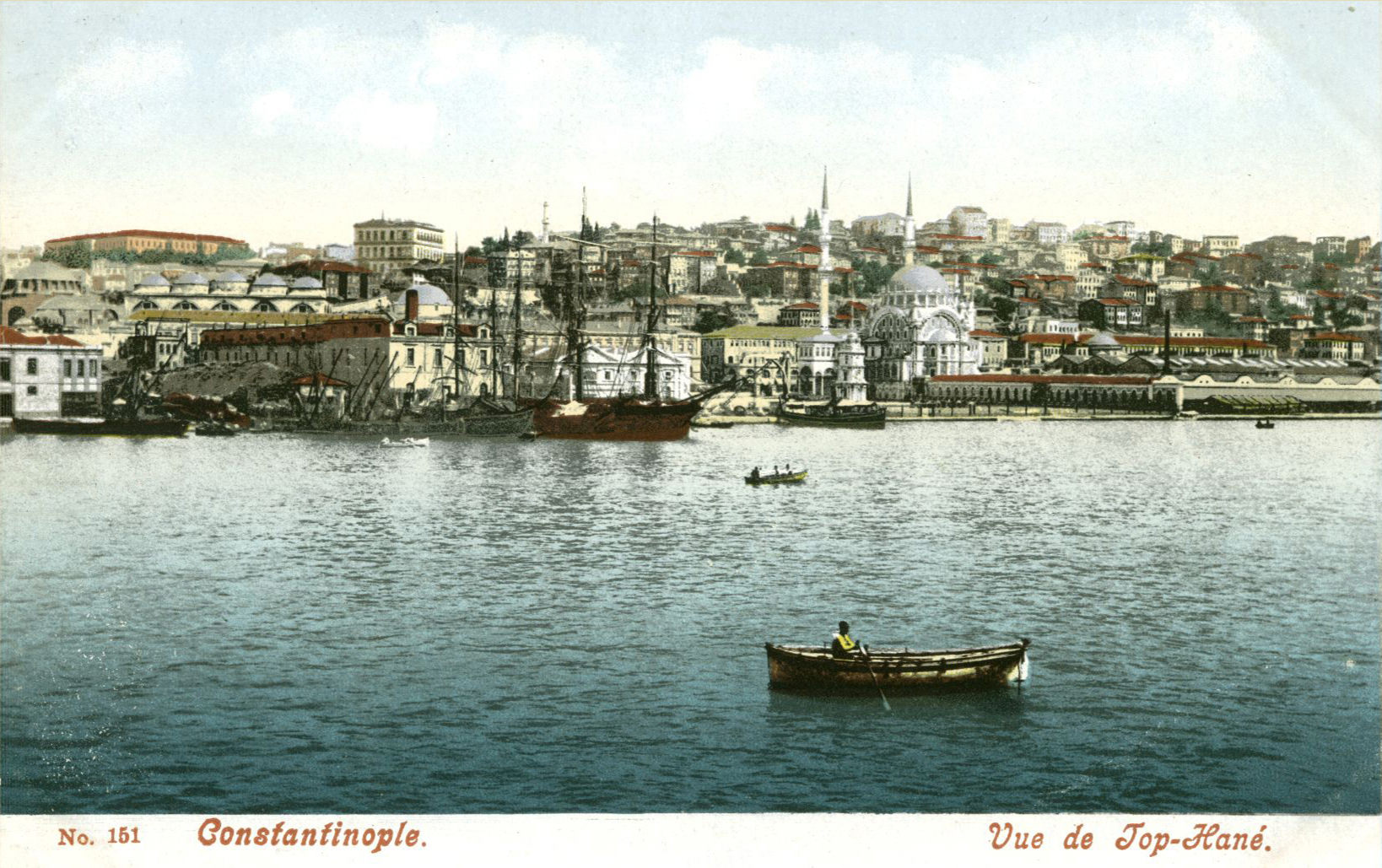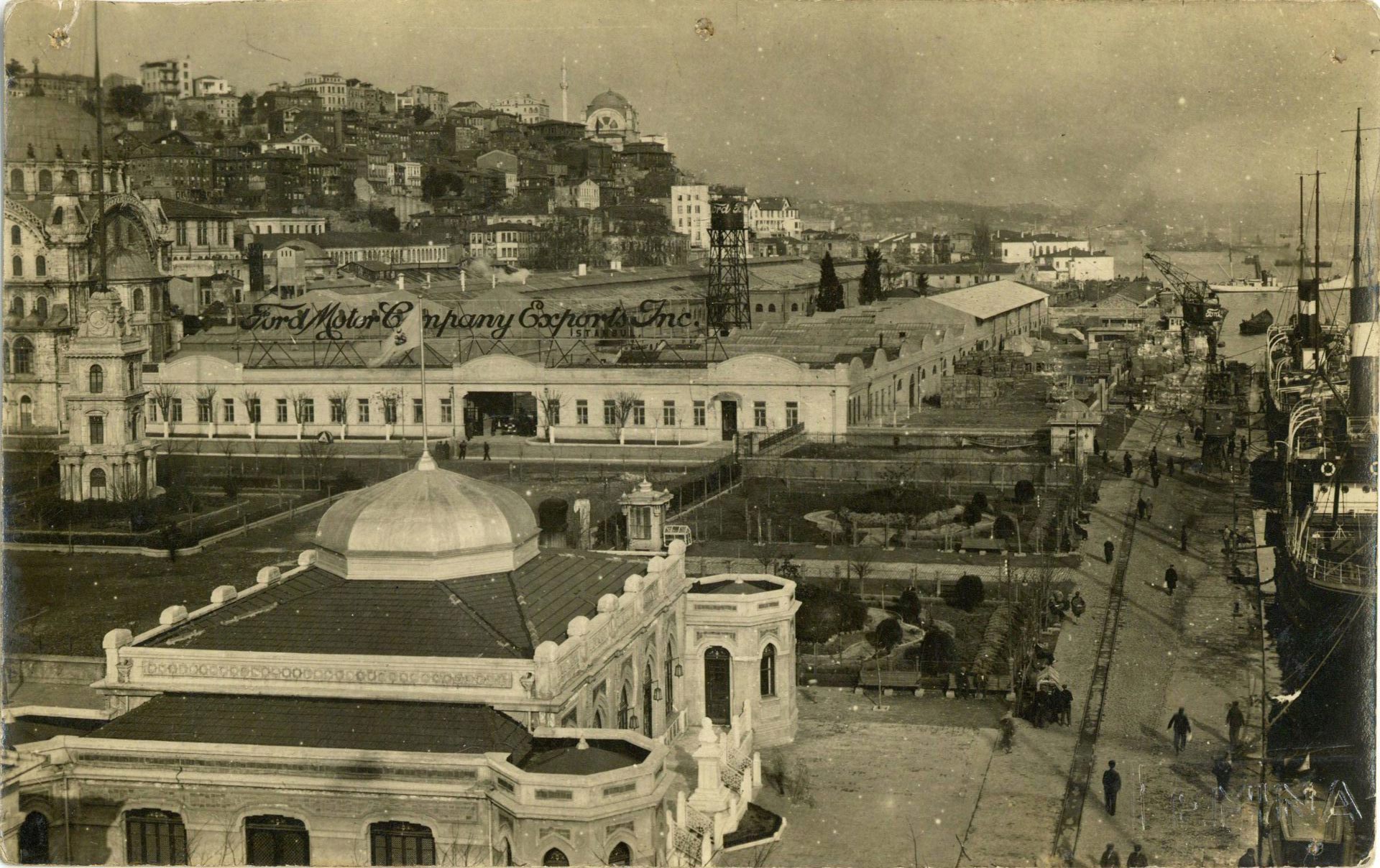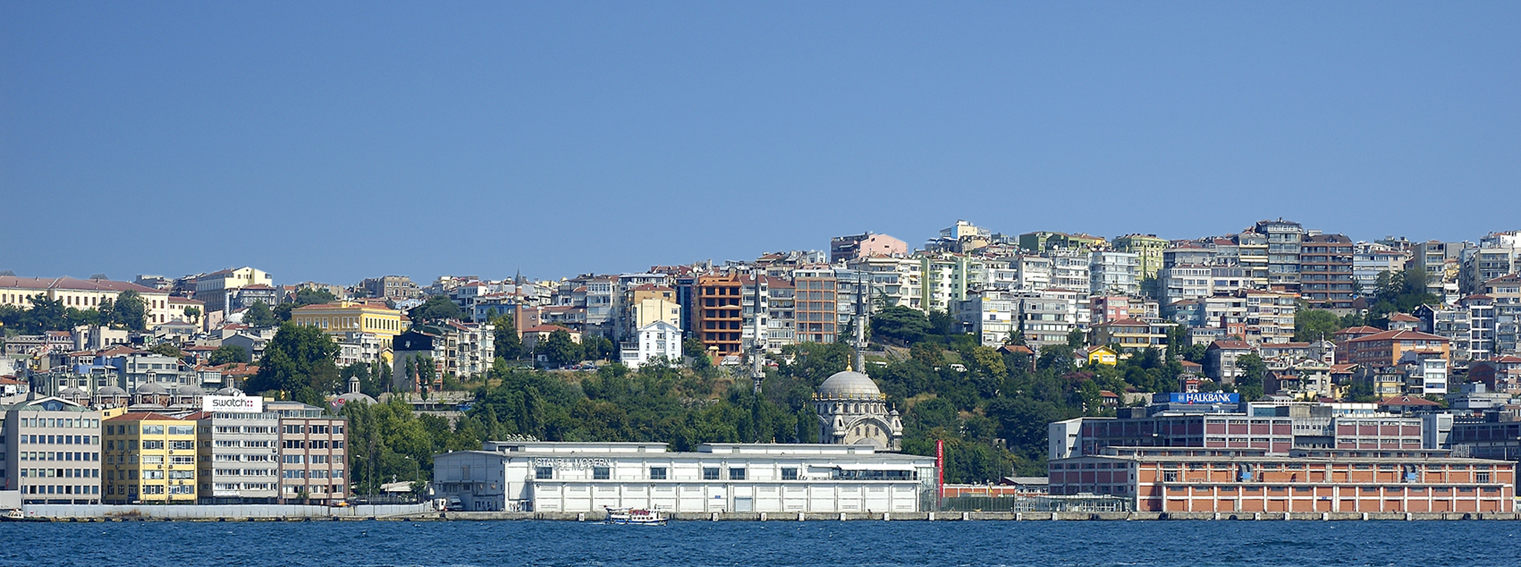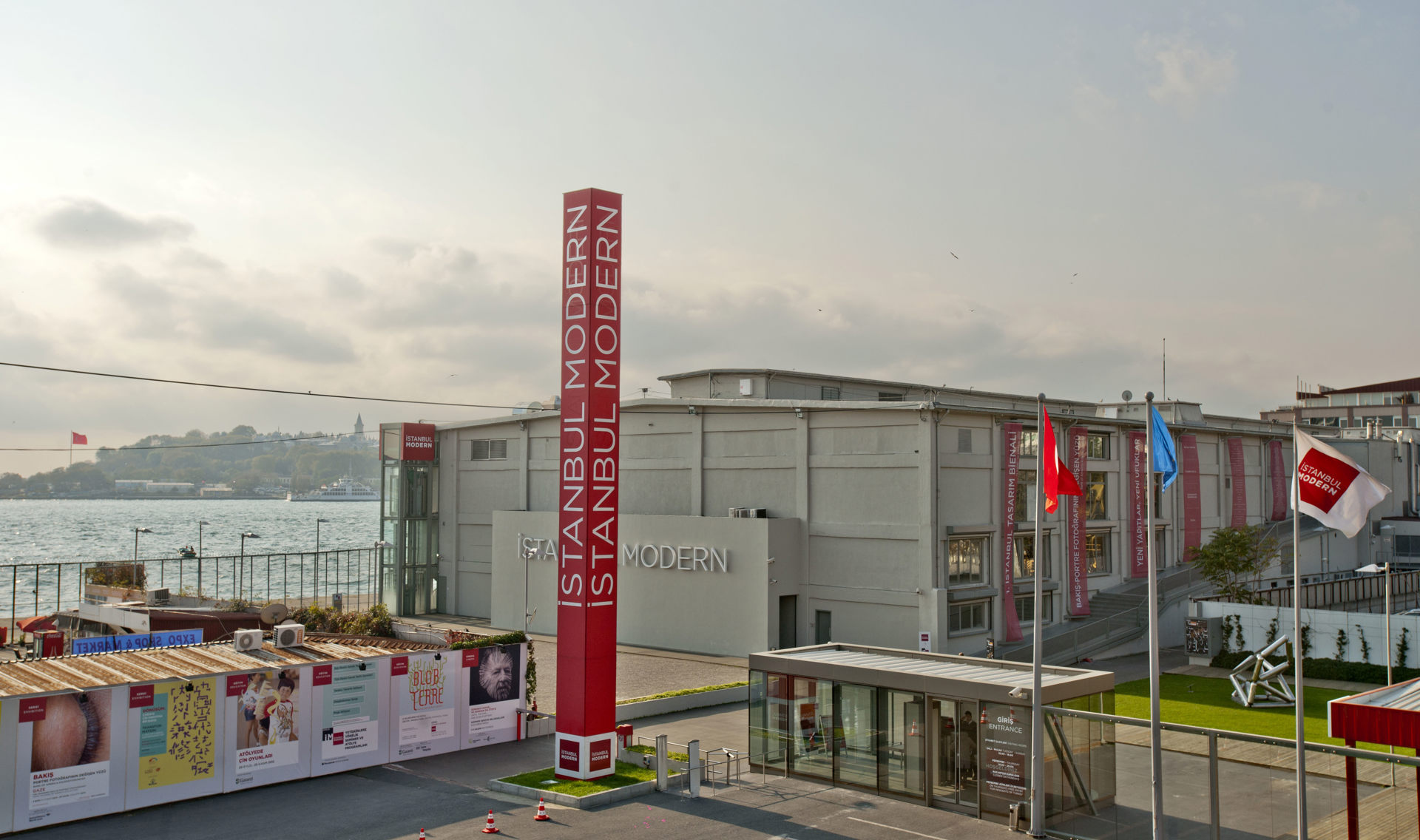- Open Today: 10.00–18.00
- Ticket
- Shop
- Membership
- TR EN
History
Following the public interest shown in the 1st International Istanbul Contemporary Art Exhibitions, organized by Istanbul Foundation for Culture and Arts in 1987 and known today as the Istanbul Biennial, Dr. Nejat F. Eczacıbaşı and Oya Eczacıbaşı embarked on a project to establish a permanent museum of modern and contemporary art in Istanbul.
After a long search, the Feshane, a former 19th-century textile factory on the Golden Horn, was converted into a potential museum space. Although the building hosted the 3rd Istanbul Biennial in 1992, the project never reached its long-term goal. After the passing of Dr. Nejat F. Eczacıbaşı in 1993, the initiative was carried forward by Oya Eczacıbaşı. It gained new momentum when a customs warehouse on the Galata Pier served as the main venue for the 8th Istanbul Biennial in 2003. With the approval of then Prime Minister Recep Tayyip Erdoğan for the museum to be housed in Antrepo No. 4, the project was finally realized.
Antrepo No. 4, Istanbul Modern’s original building, was designed by renowned architect Sedad Hakkı Eldem and constructed in 1957–58 as a dry cargo warehouse for the Turkish Maritime Organization during the redevelopment of Tophane Square. The 8,000-square-meter building was handed over to Istanbul Modern in early 2004 and swiftly transformed by Tabanlıoğlu Architects into a fully equipped museum.
For 14 years, Istanbul Modern operated in this building as Türkiye’s first museum of modern and contemporary art. In 2018, the museum moved to a temporary space in Beyoğlu, where it welcomed visitors for the next four years while its new building was under construction. Istanbul Modern’s new building opened to visitors on May 4, 2023, at its original location in Karaköy.
The new building, designed by Renzo Piano Building Workshop, now rises on the Bosphorus waterfront where Antrepo No. 4 once stood. Inspired by the glittering waters and shifting light of the Bosphorus, the transparent and open structure reconnects the waterfront with Tophane Park while offering sweeping views toward the Anatolian side, the Princes’ Islands, and the Historical Peninsula. With its galleries, auditorium, library, education spaces, and rooftop terrace hovering above a shallow plane of water, the museum creates a unique architectural and experiential landscape.
History of the site
For thousands of years, the Golden Horn area served as an inlet port of the Bosphorus, and this natural port united Istanbul with other centers of commerce and culture around the world.
In the 13th century, various Italian trading colonies in Istanbul began to build harbors in the area. One of these was the Genoese port in Galata, which includes the Tophane district. By the 17th century, the Karaköy-Tophane waterfront had become the main arrival point for ships coming from Europe.
At first, each shipping company had its own floating dock/specific anchorage location where it positioned its vessels, and provided a separate rowing team to bring goods and passengers ashore. With the increase in maritime traffic and corresponding rise in the number of passengers, this system became inadequate. In 1879, the construction of piers all along the shore began.
In 1910, warehouses were built on the piers. With the founding of the Republic of Turkey in 1923, the piers were turned over to the Maritime Lines and Docks Administration, which became the Turkish Maritime Administration in 1984. The pier, which started to host cruise ships along with cargo ships from the 1980s onwards, was used as the main port of Istanbul until 1990.
In 1990, plans for a new passanger port on the coastline between Karaköy and Salıpazarı were developed. Following the transfer agreement with the Turkish Maritime Administration, the port area was renamed Galataport Istanbul Port Management and Investments Inc. in February 2018.



